Both queer activism and theorizing are counting almost four decades of problematizing gender as a social construction, an elaborate myth that pulls the strings of our lives in a series of roles, performances, and expectations. Well, queer fashion in its majority seems that it didn’t get the memo in time!
On the one hand, queer has always been an integral part of and a driving force behind mainstream fashion by undermining playfully the rigid gender stereotypes regarding clothing. According to the her-story of modern fashion, it all started with what a hundred years ago was called androgynous look, and it was none other than a Coco Chanel who revolutionized womenswear by bringing together menswear materials and austere, sleek, and comfortable silhouettes.
Deconstructing the Victorian ‘feminine’ look of the period just before the World War I, she radically reshaped the female body by introducing the first women’s pantsuits, responding in her own way to the women’s liberation and the suffragette movement that was gaining momentum at the time.
This gender-neutral aesthetic has continued to resonate throughout fashion history under different names. For example, in the midst of Counterculture movements of the 60s and 70s, unisex clothes have become fashionable for a time. Just remember the iconic gender-blurring look of David Bowie.
On the other hand, most of the LGBTIQ+ self-identifying fashion brands today seem to follow one of the two paths regarding gender representation: they either capitalize on ‘difference’ in terms of ‘diversity’ in a pink washing logic that leaves unquestioned the implicit gender assumptions of their aesthetics while tokenizing anything ‘different’ as profitable, or they simply reproduce uncritically the gender binarism by resorting to gender stereotyping with its familiar and reassuring associations. Taking a quick look at the relevant e-shops, it becomes quickly apparent that even the queer market itself is characterized by a strict division along gender lines with companies exclusively focusing on either ‘lesbians’ or ‘gays’.





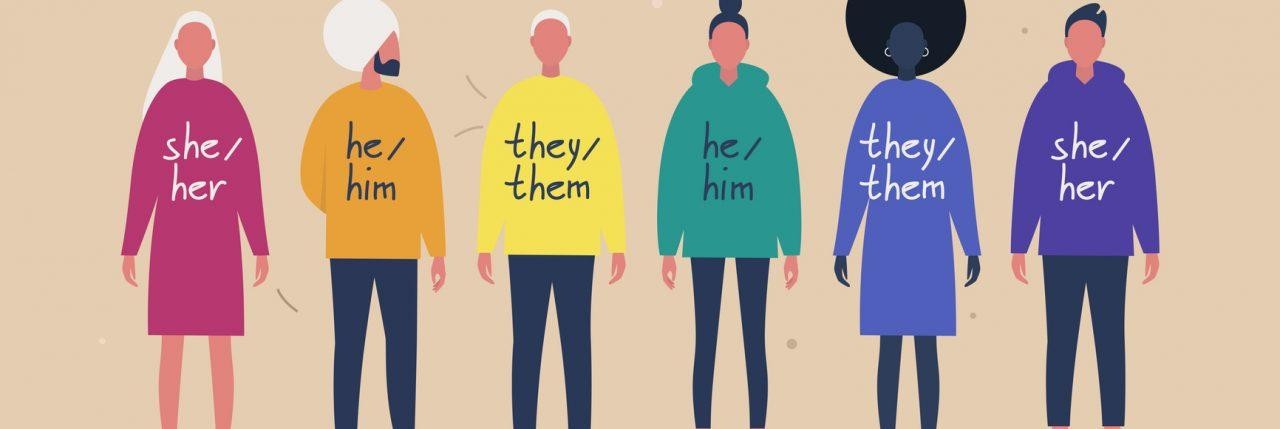
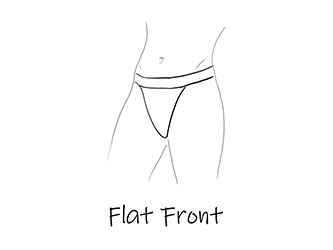
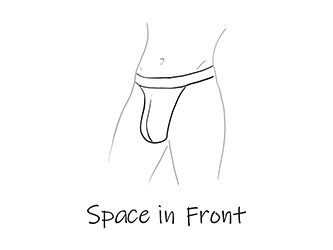
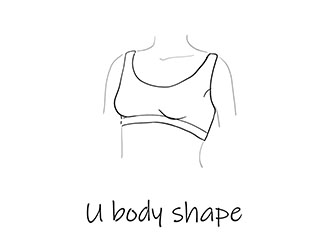
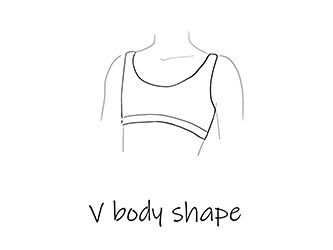

 Login
Login